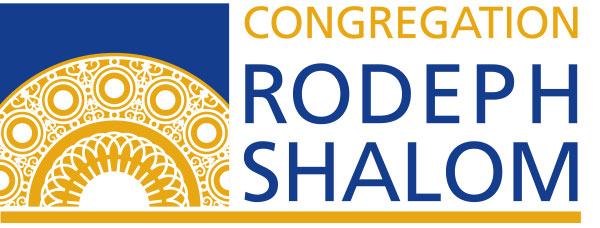V’Achalta, V’Savata, u’Verachata
You shall eat, you shall be satisfied and you shall bless God.
—Birkat HaMazon, the traditional Jewish blessing after the meal.
Jewish meals unite us—whether it’s a Passover Seder at home or a Shabbat dinner here at Rodeph Shalom. Food, rituals around food, distinctions about what’s “kosher” whether defined according to Jewish law or to other ethical standards, is a defining feature of our religion, tradition and culture.
So, when we sit down to eat what we serve and how we serve it matters. I believe that we should approach the daily act of feeding ourselves and our communities with the kind of sanctity, satisfaction and gratitude our tradition celebrates. And believe me, in the age of industrial agriculture and in our increasingly “flat world,” this is not as easy as it seems. We do our best to provide nutritious meals to our children, our families, and our seniors. And yet, when we hand over a Styrofoam plate heaped with steaming industrial processed red meat, slaughtered by underpaid laborers and stewed in tomatoes imported from who-knows-where, we can’t help but be nagged by the uncomfortable question, is this really “kosher?”
The word “kosher” means “fit” – and Jews have been evaluating what food is “fit” for them to eat for thousands of years. While traditional forms of keeping kosher (no pork, shellfish or milk and meat together) may be important to some, I see an opportunity to expand your consideration of what food is “fit” to eat based on how it was grown, where it was grown, and the effects of its production on the people who do the work and the land where it is produced. This new movement is often referred to as “eco-kashrut.”
Continue reading
